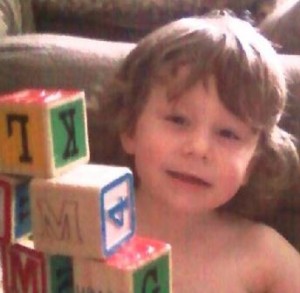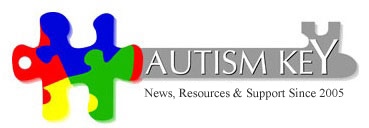Using Television as a Teaching Tool

One of the first guilt trips given to parents of newly diagnosed autistic children is the
"too much television" bullet. Let’s get the timeline correct. Your child
had autism before he started watching TV and it is no more responsible
then vaccines, which just dropped out of first place.
Kids like to watch television. Use this to your advantage and use it as a
constructive tool to help your child and also use it for quality "Mary
Poppins" time.
First of all, no adult programming. This includes the news, emotional soap operas, Jerry Springer horror stories,
football and even semi-violent cartoons such as Spiderman and Batman. Your child is learning through visual input and will mimic what he sees. Research shows that when all aggression on the
television has been taken away, kids began to stop their own imitations of violence. This includes self harm.
My son was crashing into walls and banging his head until it was brought to my attention that whenever
football was on, dad was excited and cheering his team on. So, the son was trying to imitate what was bringing on the enthusiasm of his dad.
When the football programming was stopped, the wall crashing and head banging disappeared soon after.
The next step is to watch only educational programming and turn the captions on. This is critical, since reading and writing may very well come long before speech.
Kids are seeing and memorizing the spoken words which is similar to being read to. They are clicking photos frame by frame and the words are getting into their brains. Reading and even writing before speech is quite common and not just in
"high functioning" kids. You don’t have to go far to learn that Nickelodeon, Sprout, Disney, Public Broadcasting and
the like have spent millions working with child psychologists, teachers, parents and countless other experts to create positive
children programming.
No television should ever be left on when not being watched. If you don’t turn it off, it loses
its teaching power.
Sit down and watch the programming with your child and he will look to you for the appropriate reactions. So if the alphabet comes on, you just became a
cheerleader: “Give me an A, “A”, give me a B, "B." Or counting with toys, beans, balls,
shoes or whatever interests your child.
Furthermore, immediately purchase letters and numbers, shapes, blocks, texture toys and maybe even a Doodle Pro to be able to interact with the TV and your child. Find
a few special programs that seem to hold his interest then take that time everyday to participate in it with him. Always show great enthusiasm and make this your mutual special time.
Turning the TV off won’t be a problem unless you’ve left it on constantly up until now. In that case, end your programming time with a favorite activity. Visual and physical games, combined with high levels of animated and visual enthusiasm
will help your child to transition. Remember, meltdowns will occur but you cannot give in or you have just reinforced the
negative of "if I have a meltdown, I get my way."
There are tremendous teaching videos as well. Again, be a part of this teaching tool and don’t let it be your babysitter. The cure is
you and your interaction is key.
You’ve done what you’ve done and you are where you are. A few days of not giving in and planning ahead a favorite activity will soon become the
routine and you will start weaning your child away from droning or stimming into TV
land. What was once a potential detriment now becomes a major asset in helping
your child’s progress. Keep in mind, however, no violent or adult programming.
Keep captions on and provide letters, shapes and numbers with textures to feel
and touch, corresponding them to programming. Don’t forget to cheerlead and have
lots of patience and your child will be on the right path.
And as with most things, moderation is the key and adherence to daily routines with your
child will bring you positive results. Learning through play takes some time,
but will eventually bring out the Mary Poppins in all of us.

